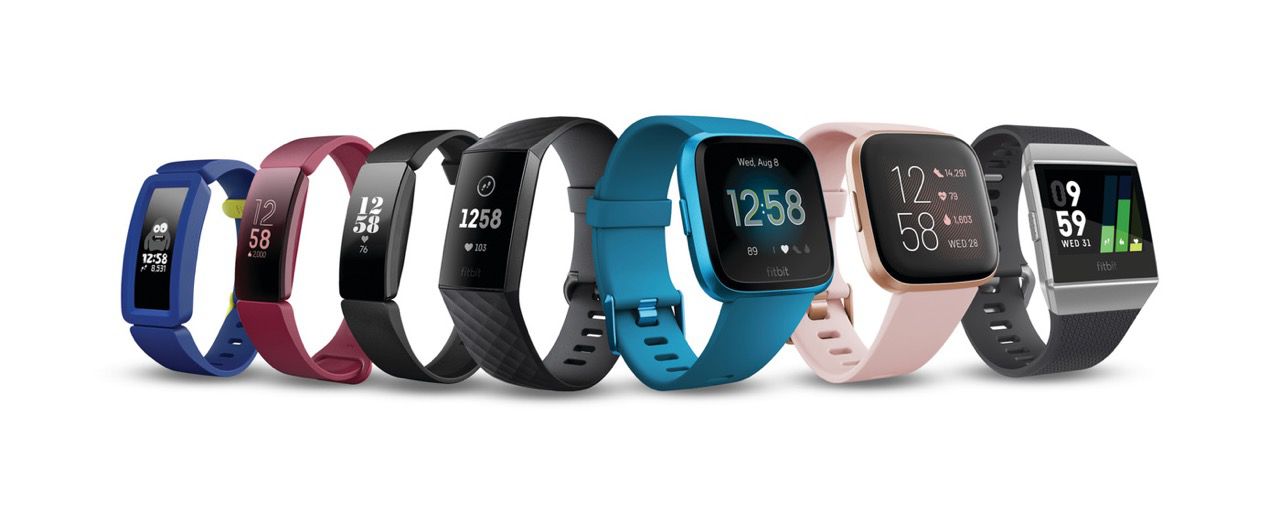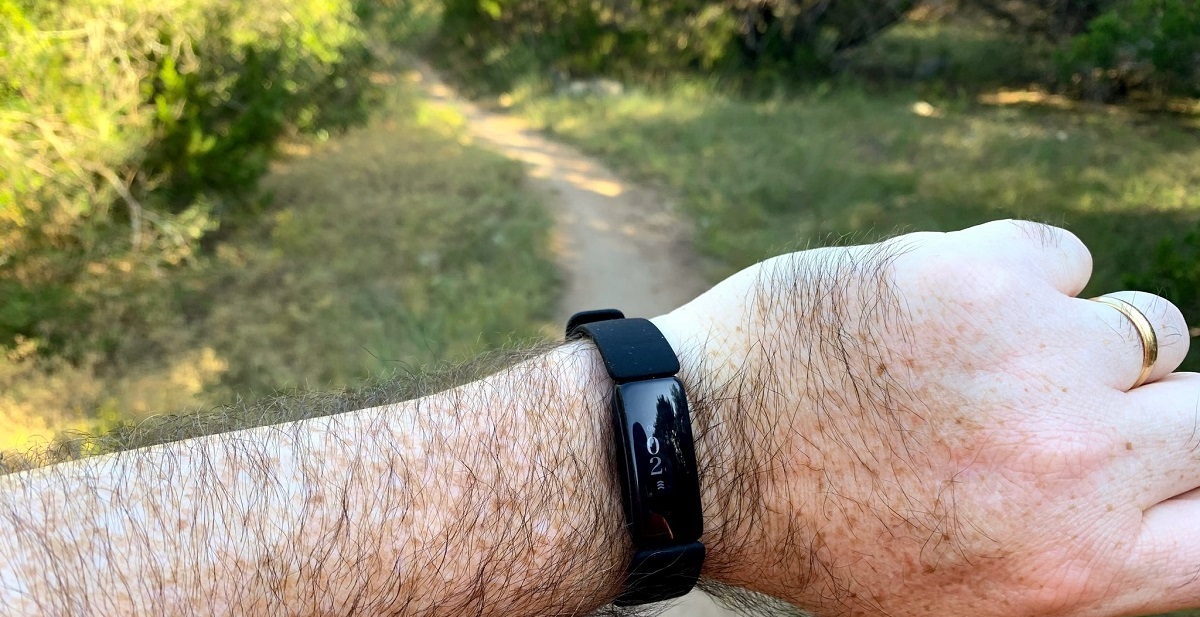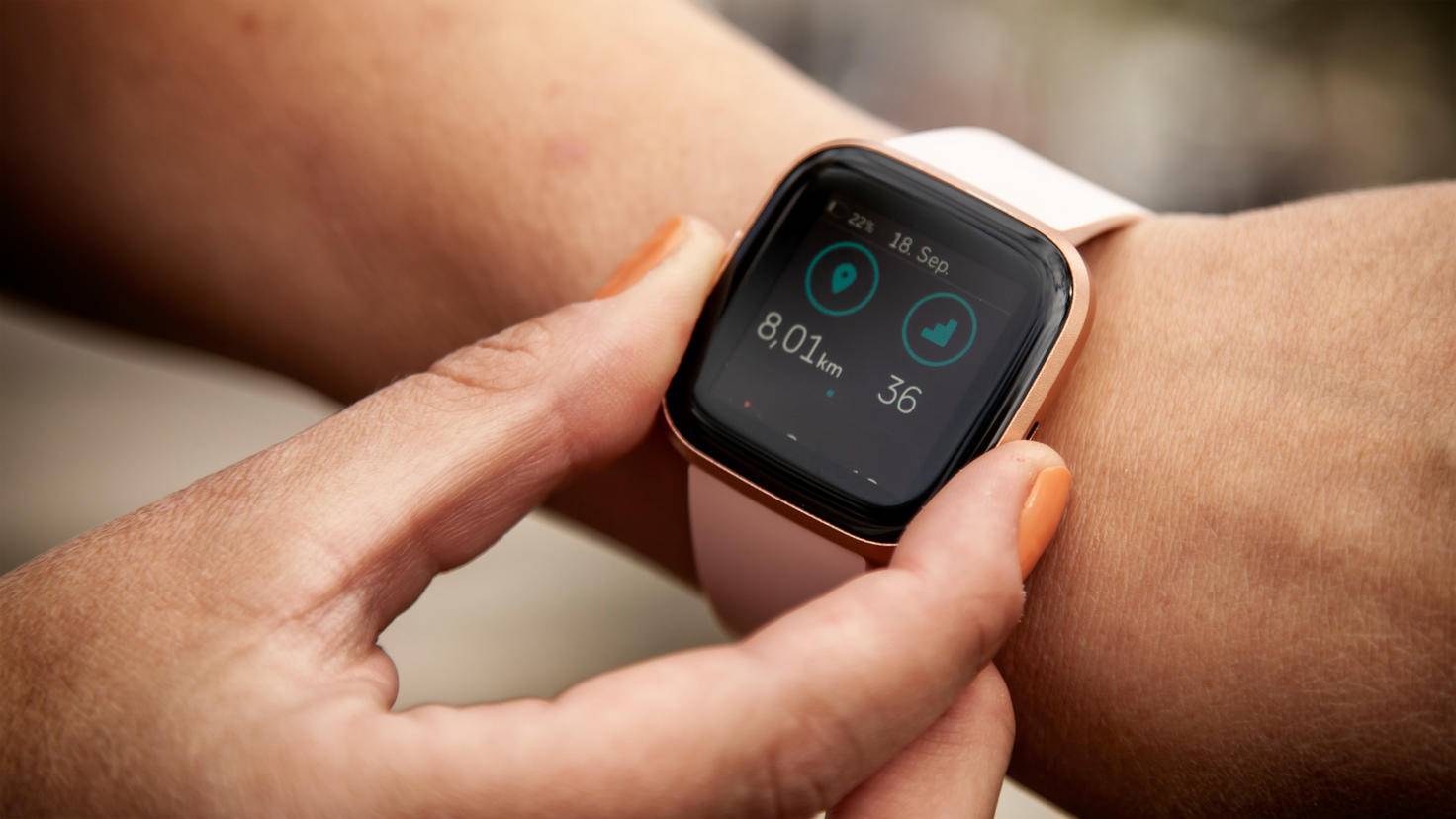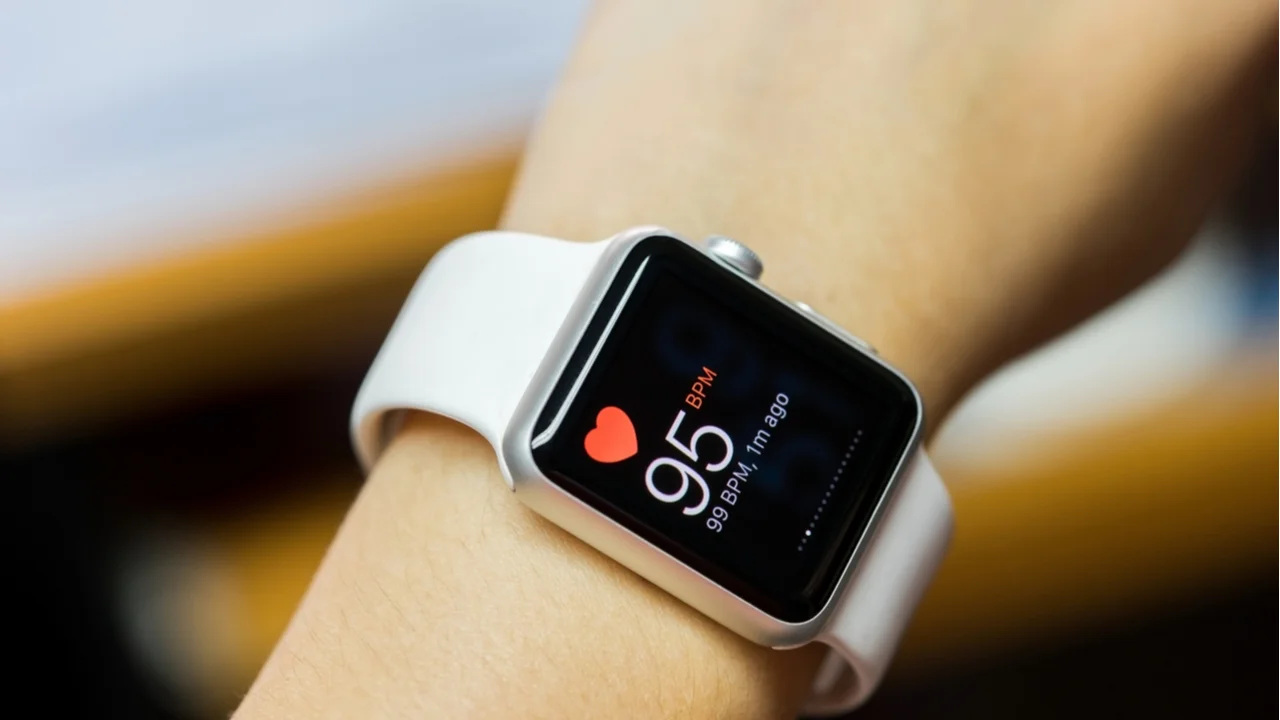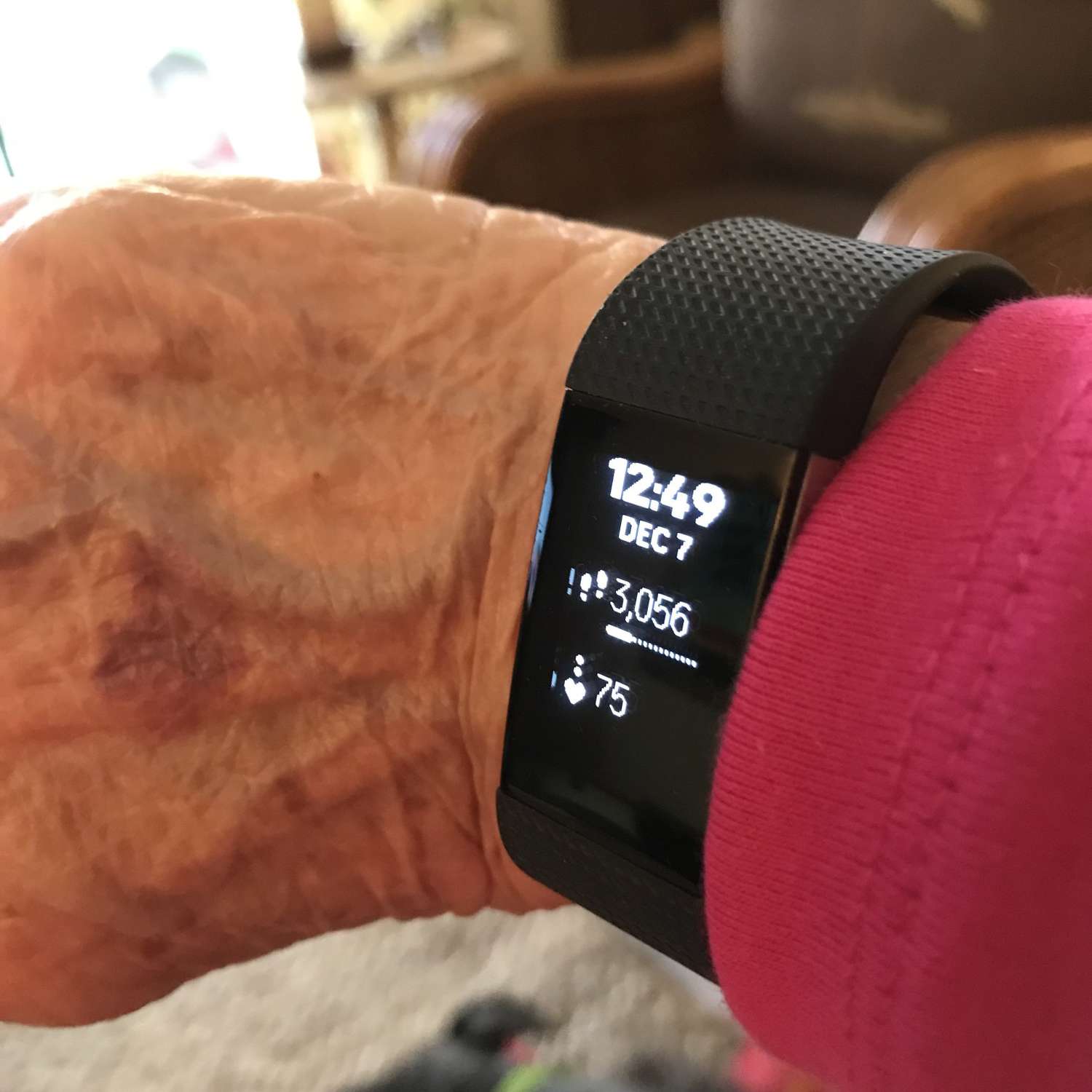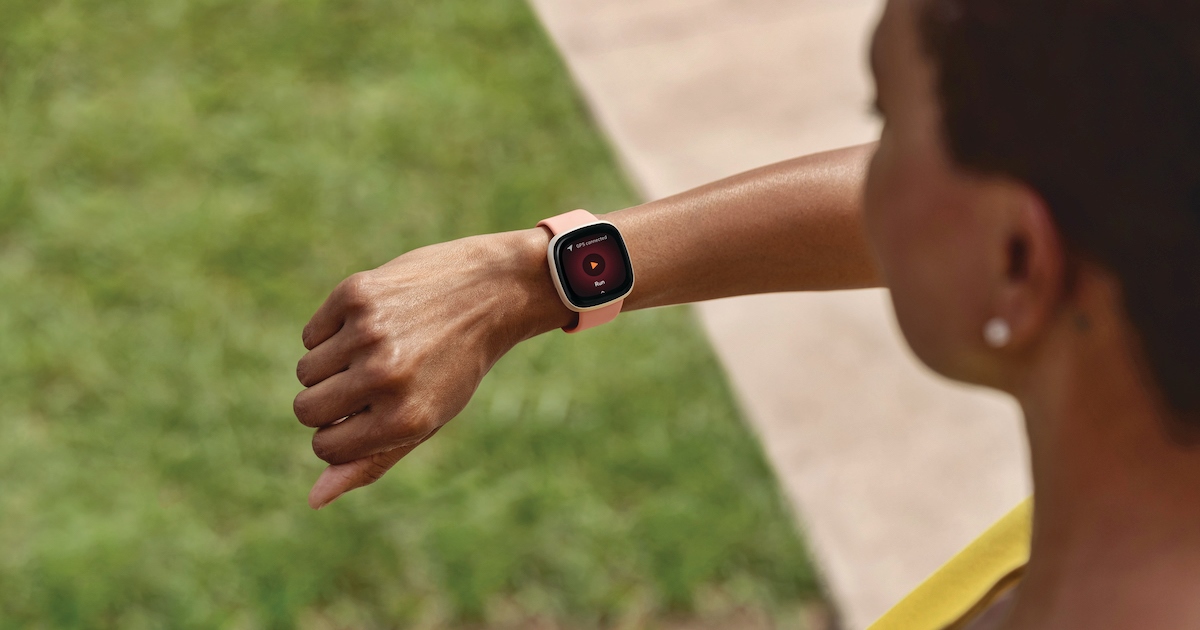Introduction
Wearable technology has revolutionized the way we monitor our health and fitness, and Fitbit has been at the forefront of this movement. With its sleek design and advanced tracking capabilities, Fitbit has become a staple accessory for health-conscious individuals. However, as with any technology, the accuracy of the data it provides has been a topic of debate.
Understanding the precision of the data recorded by your Fitbit is crucial for making informed decisions about your health and fitness goals. Whether you rely on your Fitbit to track your steps, monitor your heart rate, or estimate your calorie burn, knowing the accuracy of this data is essential for gauging your progress and making adjustments to your routine.
In this article, we will delve into the intricacies of Fitbit data accuracy, exploring the factors that can influence its precision and the methods for assessing its reliability. We will also discuss how Fitbit data compares to other metrics and provide practical tips for improving its accuracy. By the end of this article, you will have a comprehensive understanding of how to evaluate the precision of your Fitbit data and optimize its use in your health and fitness journey.
Understanding Fitbit Data
Fitbit devices are equipped with a range of sensors and algorithms designed to capture and interpret various aspects of your physical activity and health. These devices track metrics such as steps taken, distance traveled, active minutes, heart rate, sleep patterns, and calorie burn. Understanding the nuances of how Fitbit collects and processes this data is essential for interpreting and utilizing it effectively.
One of the key features of Fitbit is its ability to track steps and estimate distance traveled. This is achieved through the device's accelerometer, which detects motion and translates it into step counts. Fitbit's algorithms then analyze this data to differentiate between different types of movement, such as walking, running, or climbing stairs. By understanding the mechanics behind step tracking, users can gain insight into their daily activity levels and set personalized goals to increase their physical activity.
In addition to step tracking, Fitbit devices monitor heart rate, providing valuable information about cardiovascular health and exercise intensity. By utilizing photoplethysmography (PPG) technology, Fitbit devices emit light onto the skin and measure the amount of light that is absorbed or reflected by the blood vessels. This data is then used to calculate heart rate and provide insights into resting heart rate, heart rate zones during exercise, and overall cardiovascular health.
Sleep tracking is another prominent feature of Fitbit devices, allowing users to gain insight into their sleep patterns and quality. Fitbit utilizes a combination of accelerometer data and heart rate variability to detect periods of restfulness, sleep stages, and overall sleep duration. By understanding the intricacies of sleep tracking, users can identify opportunities to improve their sleep hygiene and optimize their restorative sleep.
Furthermore, Fitbit estimates calorie burn by integrating data from various sensors and user inputs, such as weight, height, age, and gender. By comprehending the factors that contribute to calorie burn estimation, users can make informed decisions about their dietary intake and energy expenditure, aligning with their health and fitness goals.
Understanding the mechanisms behind Fitbit data collection and interpretation empowers users to leverage this information effectively, gaining insights into their physical activity, health metrics, and sleep patterns. This knowledge forms the foundation for assessing the accuracy of Fitbit data and utilizing it as a valuable tool in achieving overall well-being and fitness.
Factors Affecting Fitbit Accuracy
Several factors can influence the accuracy of Fitbit data, impacting the reliability of the information provided by the device. Understanding these factors is essential for discerning the precision of Fitbit metrics and making informed decisions based on the data collected.
-
Fitbit Device Placement: The placement of the Fitbit device on the body can affect the accuracy of certain metrics. For instance, wearing the device loosely or in a position that allows excessive movement can impact the precision of step tracking and heart rate monitoring. Ensuring a secure and snug fit of the device can contribute to more accurate data capture.
-
Skin Contact: Certain Fitbit models rely on skin contact to measure heart rate and other metrics. Factors such as sweat, moisture, and skin tone can influence the device's ability to maintain consistent contact with the skin, potentially affecting the accuracy of heart rate monitoring and other related measurements.
-
User Input and Settings: Fitbit data accuracy can be influenced by the accuracy of user-provided information, such as age, weight, and height, which are used to estimate calorie burn and other metrics. Additionally, the settings and preferences configured in the Fitbit app, such as stride length for distance estimation, can impact the accuracy of the tracked data.
-
Environmental Conditions: Environmental factors, such as temperature and altitude, can impact the performance of certain sensors within the Fitbit device. Extreme temperatures or rapid changes in altitude may affect the accuracy of altitude tracking and related metrics.
-
Physical Activities and Exercises: The nature of physical activities and exercises can impact the accuracy of Fitbit data. Certain activities, such as cycling or weightlifting, may not be accurately captured by standard step tracking algorithms, potentially affecting the overall activity and calorie burn estimations.
-
Individual Variability: Variations in individual physiology, such as skin characteristics, heart rate patterns, and sleep behaviors, can introduce variability in the accuracy of Fitbit data across different users. Understanding and accounting for individual differences is crucial when interpreting the data provided by the device.
By acknowledging and considering these factors, users can gain a deeper understanding of the nuances that can influence the accuracy of Fitbit data. This awareness forms the basis for implementing strategies to optimize the reliability of the collected metrics and enhance the overall utility of the Fitbit device in monitoring health and fitness metrics.
Methods for Assessing Fitbit Precision
Assessing the precision of Fitbit data is essential for ensuring the reliability of the information used to make informed decisions about health and fitness. Various methods can be employed to evaluate the accuracy of Fitbit metrics and gain insights into the performance of the device.
Controlled Comparisons:
Conducting controlled comparisons involves simultaneously using the Fitbit device alongside other validated measurement tools or devices. For example, wearing a Fitbit while also using a pedometer or GPS-based tracker during a walk or run allows for a direct comparison of step counts and distance measurements. By analyzing the consistency and variance between the data collected by the Fitbit and the alternative measurement tools, users can assess the accuracy of the Fitbit's tracking capabilities.
Heart Rate Validation:
Validating the accuracy of heart rate monitoring can be achieved by comparing the heart rate readings from the Fitbit device with those obtained from dedicated heart rate monitors or medical-grade equipment during various activities and exercise intensities. This comparative analysis provides insights into the precision of the Fitbit's heart rate tracking across different exertion levels and can reveal any discrepancies in heart rate measurements.
Sleep Tracking Verification:
Evaluating the precision of sleep tracking involves cross-referencing the sleep stages and patterns recorded by the Fitbit device with self-reported sleep quality and duration, as well as subjective assessments of restfulness upon waking. Additionally, users can compare the Fitbit's sleep data with polysomnography results, a comprehensive sleep study conducted in a clinical setting, to gauge the accuracy of the device's sleep tracking capabilities.
Calibration and Field Testing:
Calibration and field testing entail comparing the data collected by the Fitbit device with known distances, such as marked walking or running routes, to assess the accuracy of distance estimation. By conducting field tests in various environments and terrains, users can evaluate the consistency of distance measurements and identify any deviations from the expected values, providing valuable insights into the precision of distance tracking.
User Feedback and Longitudinal Analysis:
Incorporating user feedback and longitudinal analysis involves gathering input from a diverse user base regarding their experiences with Fitbit data accuracy over an extended period. Longitudinal analysis of individual data trends, combined with user-reported discrepancies or inconsistencies, can reveal patterns and potential areas of improvement in the accuracy of Fitbit metrics, contributing to ongoing enhancements in data precision.
By employing these methods for assessing Fitbit precision, users can gain a comprehensive understanding of the accuracy and reliability of the data provided by their Fitbit devices. This knowledge empowers individuals to make informed decisions about their health and fitness based on precise and dependable metrics, enhancing the overall utility of Fitbit in supporting their well-being.
Comparing Fitbit Data with Other Metrics
Comparing Fitbit data with other metrics plays a pivotal role in evaluating the accuracy and reliability of the information provided by Fitbit devices. By juxtaposing Fitbit data with alternative measurement tools and established health and fitness metrics, users can gain valuable insights into the performance and precision of their Fitbit devices.
One of the primary areas of comparison involves assessing step counts and distance measurements recorded by Fitbit against data obtained from pedometers, GPS trackers, or smartphone applications. This comparative analysis provides users with a comprehensive understanding of the consistency and accuracy of Fitbit's step tracking algorithms, particularly during various activities such as walking, running, or climbing stairs. By identifying any discrepancies or deviations in step counts and distance estimations, users can make informed adjustments to their physical activity goals and routines.
Furthermore, comparing heart rate readings from Fitbit devices with those obtained from dedicated heart rate monitors or medical-grade equipment offers valuable insights into the precision of Fitbit's heart rate tracking capabilities. This comparison allows users to evaluate the accuracy of heart rate measurements across different exercise intensities and activities, enabling them to gauge the reliability of the cardiovascular data provided by their Fitbit devices.
Additionally, assessing the sleep tracking data recorded by Fitbit devices in comparison to subjective sleep quality assessments and self-reported sleep duration offers users the opportunity to validate the accuracy of Fitbit's sleep monitoring features. By cross-referencing the recorded sleep stages and patterns with personal perceptions of sleep quality, users can gain a deeper understanding of the reliability of their Fitbit's sleep tracking functionality, empowering them to make informed adjustments to their sleep habits.
Moreover, comparing calorie burn estimations provided by Fitbit with data from metabolic assessments or nutrition tracking applications allows users to evaluate the precision of Fitbit's energy expenditure calculations. This comparison enables individuals to assess the consistency and accuracy of the calorie burn estimations provided by their Fitbit devices, facilitating informed decision-making regarding dietary intake and energy balance.
By engaging in these comparative analyses, users can effectively evaluate the accuracy and reliability of the data provided by their Fitbit devices, empowering them to make informed decisions about their health and fitness based on precise and dependable metrics. This comprehensive approach to comparing Fitbit data with other established metrics enhances the overall utility of Fitbit in supporting individuals' well-being and fitness goals.
Tips for Improving Fitbit Accuracy
Enhancing the accuracy of Fitbit data is essential for maximizing the utility of the device in monitoring health and fitness metrics. By implementing the following tips, users can optimize the precision of their Fitbit data and ensure reliable tracking of their physical activity, heart rate, sleep, and overall well-being.
-
Optimal Device Placement: Ensuring that the Fitbit device is worn securely and positioned correctly on the wrist or clipped onto clothing can significantly improve accuracy. By minimizing excessive movement and maintaining consistent skin contact, users can enhance the reliability of step tracking, heart rate monitoring, and other metrics.
-
Regular Calibration: Calibrating the Fitbit device, particularly for distance tracking, can improve the accuracy of step counts and distance measurements. Utilizing the calibration feature in the Fitbit app allows users to align the device's tracking capabilities with their individual stride length, contributing to more precise distance estimations.
-
Personalized Settings: Accurately inputting personal information, such as age, weight, and height, into the Fitbit app ensures that calorie burn estimations and other metrics are tailored to individual characteristics. Additionally, configuring stride length and exercise preferences in the app enhances the accuracy of distance tracking and activity measurements.
-
Consistent Skin Contact: For Fitbit models that rely on skin contact for heart rate monitoring, maintaining consistent contact between the device and the skin, especially during vigorous activities, can improve the precision of heart rate measurements. Keeping the device clean and dry can contribute to reliable heart rate tracking.
-
Environmental Considerations: Being mindful of environmental factors, such as extreme temperatures and altitude changes, can help users interpret the data provided by their Fitbit devices accurately. Understanding how environmental conditions may influence sensor performance allows for contextualizing the tracked metrics effectively.
-
Activity-Specific Adjustments: Recognizing that certain activities, such as cycling or weightlifting, may not be accurately captured by standard step tracking algorithms enables users to supplement the tracked data with manual entries or activity-specific adjustments, enhancing the overall accuracy of activity measurements.
-
Regular Software Updates: Ensuring that the Fitbit device and accompanying app are updated with the latest software versions allows users to benefit from improvements in data processing algorithms and sensor performance. Regular updates can contribute to enhanced accuracy and additional features.
By incorporating these tips into their usage of Fitbit devices, individuals can elevate the accuracy and reliability of the data captured, empowering them to make informed decisions about their health and fitness. These proactive measures enhance the overall utility of Fitbit in supporting users' well-being and facilitating progress towards their fitness goals.
Conclusion
In conclusion, the precision of Fitbit data plays a pivotal role in empowering individuals to make informed decisions about their health and fitness. By understanding the intricacies of Fitbit data collection, the factors influencing its accuracy, and the methods for assessing its reliability, users can optimize the utility of their Fitbit devices in monitoring their overall well-being.
The comprehensive understanding of Fitbit data accuracy enables users to discern the nuances of step tracking, heart rate monitoring, sleep tracking, and calorie burn estimations, allowing for personalized adjustments and goal setting. The comparison of Fitbit data with other established metrics provides valuable insights into the reliability of the information provided by the device, fostering confidence in utilizing Fitbit data to drive health and fitness decisions.
Moreover, by implementing practical tips to improve Fitbit accuracy, individuals can elevate the reliability of the tracked metrics, ensuring that their Fitbit devices serve as valuable tools in supporting their health and fitness journeys. From optimal device placement to personalized settings and environmental considerations, these proactive measures contribute to enhancing the precision of Fitbit data, ultimately empowering users to make meaningful strides towards their wellness goals.
As wearable technology continues to advance, the role of Fitbit in promoting health and fitness becomes increasingly significant. By embracing a holistic approach to understanding, evaluating, and optimizing Fitbit data accuracy, individuals can harness the full potential of their Fitbit devices, leveraging precise and dependable metrics to make impactful decisions about their well-being.
In essence, the journey towards improved health and fitness is enriched by the insightful use of Fitbit data, supported by a foundation of accuracy and reliability. Through a blend of knowledge, assessment, and proactive measures, individuals can confidently rely on their Fitbit devices as trusted companions in their pursuit of holistic well-being.







